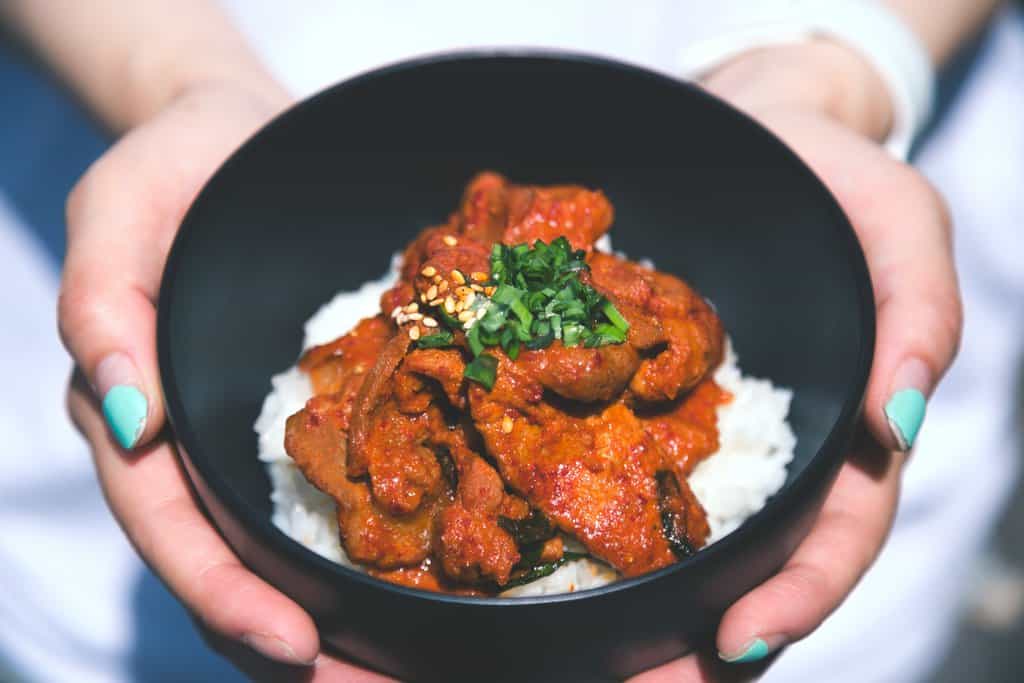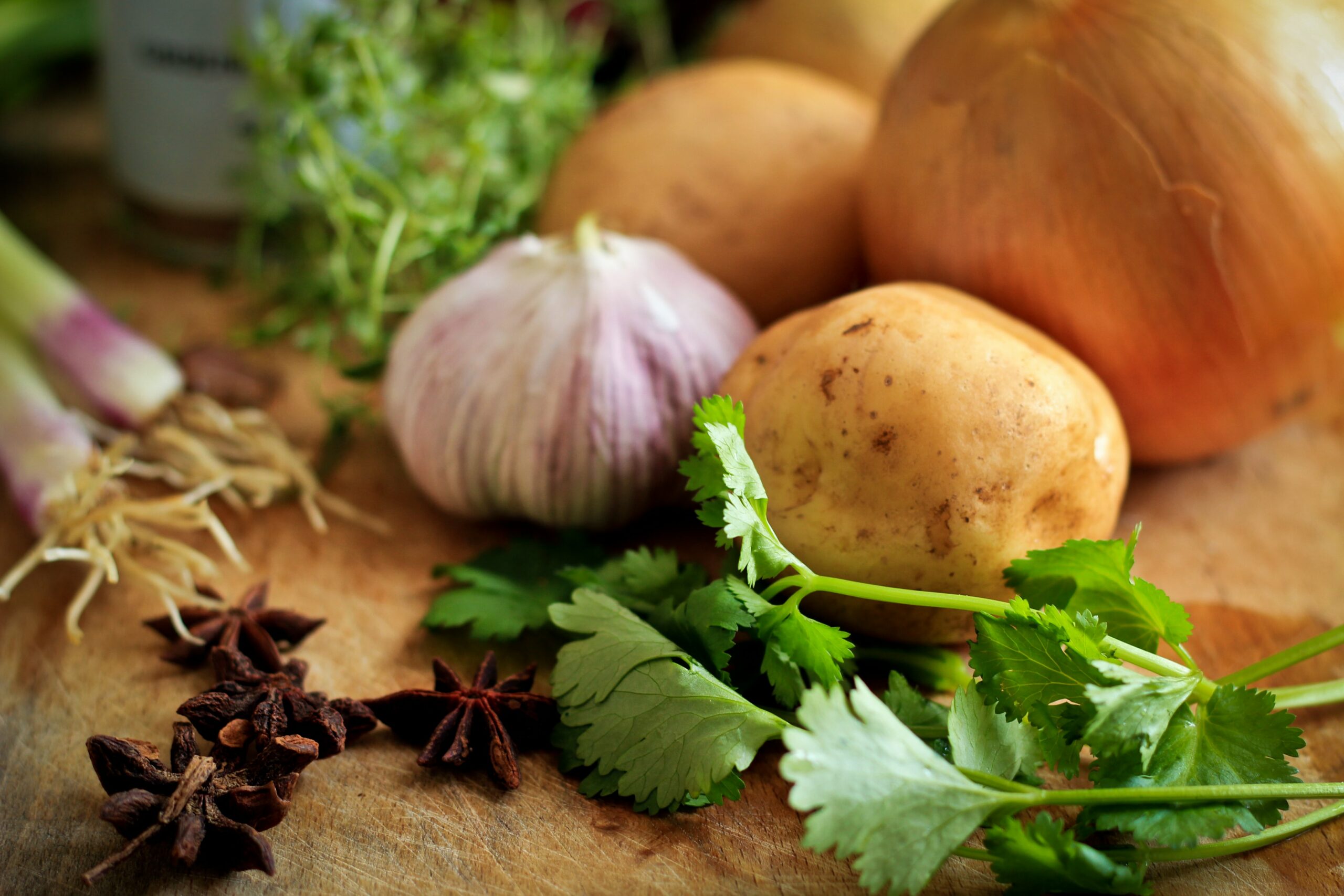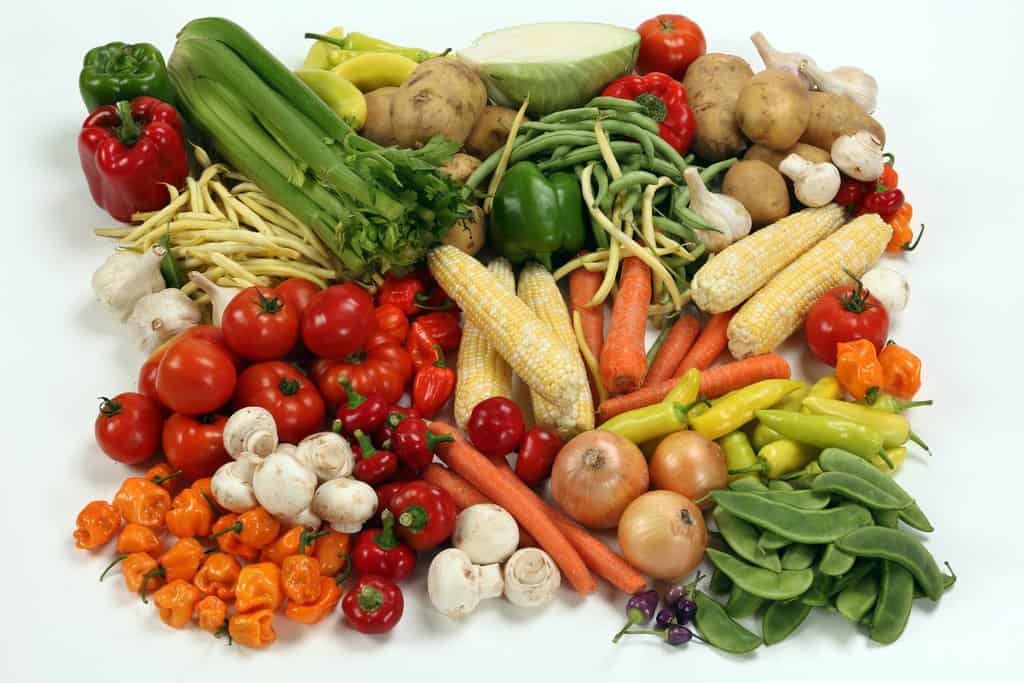What is taught by culinary arts educators? Many students who are thinking about attending culinary school often wonder about this question. The answer to this question varies depending on the type of cooking school you attend, but there are some common principles for what a culinary arts teacher would cover in their curriculum. They typically teach skills such as knife skills, baking fundamentals, and the art of making sauces from scratch.
In addition to demonstrating these essential skills, Culinary Expressions educators also have to determine which topics to teach for each student’s skill level to be fully accomplished upon program completion. They also introduce students to various ingredients and their uses. Simply wearing chef covers or cook shirts will not make you a professional chef if you aspire to become one; it is the knowledge imparted by your instructors that will make you a culinary expert.
How do culinary arts instructors determine what to include in their curriculum?
Deciding what subjects a culinary arts instructor should cover can be challenging. This is because there are numerous cooking schools, each with their own distinct curriculum and teaching methods. While one chef may focus on teaching knife skills, another may prefer to use sous vide machines. Ultimately, the instructor’s own training and experiences will shape their approach to teaching. For example, a chef who graduated from a high school culinary program may not have as much exposure to advanced cooking techniques and equipment compared to someone who attended a college-level culinary arts program.
In addition to enhancing the fundamental skills of the understudies, teachers should also impart additional skills and knowledge related to various aspects of cooking. Therefore, the decision on what should be included largely depends on the curriculum of their own education, as it will guide them throughout this process until graduation day arrives. There are numerous options available due to the abundance of schools, each with its own approach when it comes to teaching students how to cook.
There are numerous benefits to learning how to cook, such as:
Broadening your understanding of healthy eating.
Gaining experience in the culinary field.
Becoming skilled in food preparation.
Discovering information about different ingredients.
Improving your skills.
Different types of culinary expression classes may include:
Blade skills
Cooking methods.
Wellbeing in the kitchen.
Cooking and creating baked goods (including breads, cakes, and desserts).
Necessary skills, such as sautéing, grilling, frying, and so on.
Different types of cuts and techniques for cutting.
Culinary teachers choose what to teach based on various factors such as the school curriculum or their own preferences. They usually focus on teaching the basics because they understand that everyone learns at a different pace, so it would be difficult to learn everything in just one class period. Most teachers prefer to teach students individually rather than in groups because each person is at a different level when it comes to learning about food preparation. This also gives the teacher more control over how much information should be shared with the group. If you are interested in taking a class like this, make sure you research which schools offer these types of courses because you want to choose one that is highly recommended. There are many culinary arts schools available, but not all of them offer the same classes and courses, so it’s important to do your homework before deciding which school to attend!






